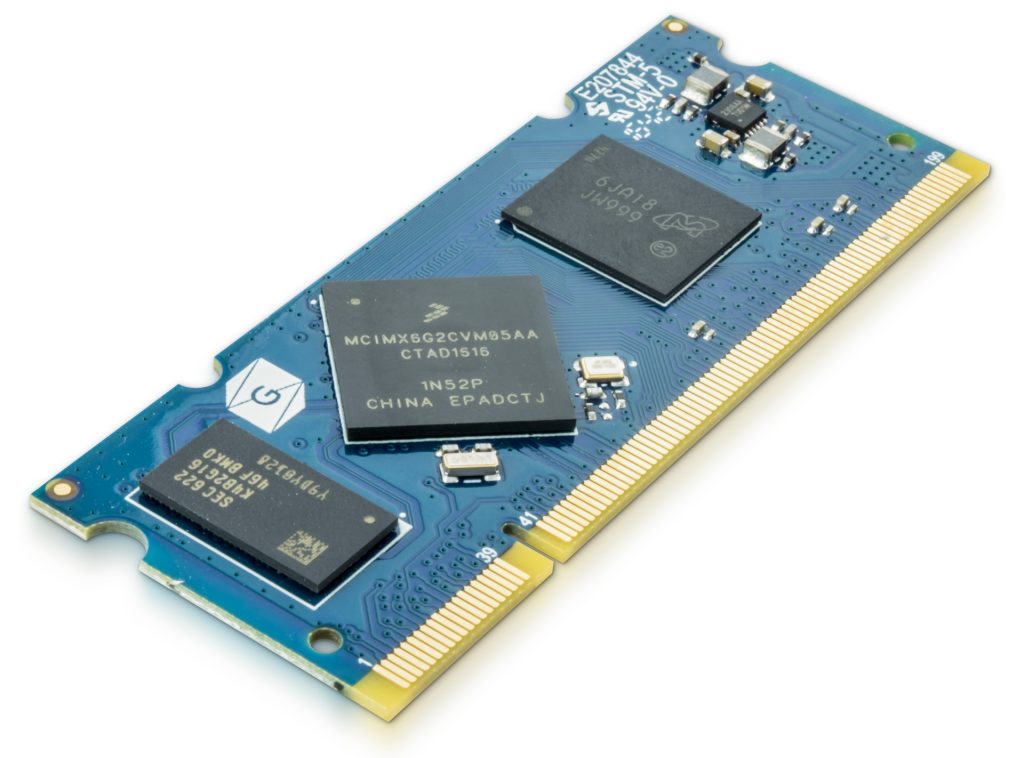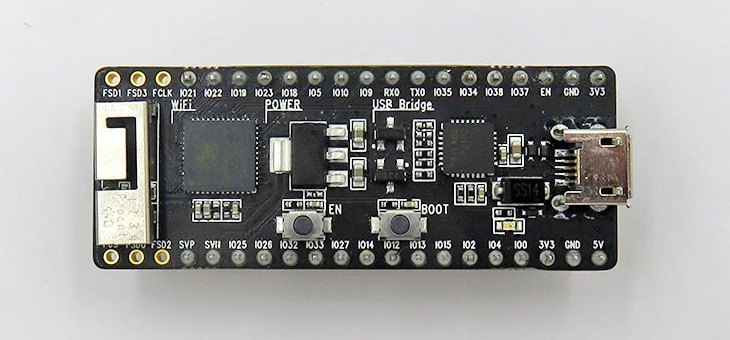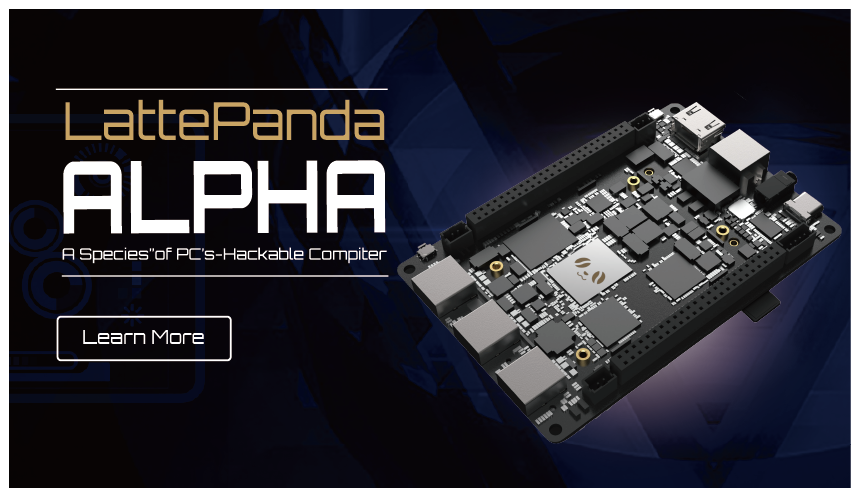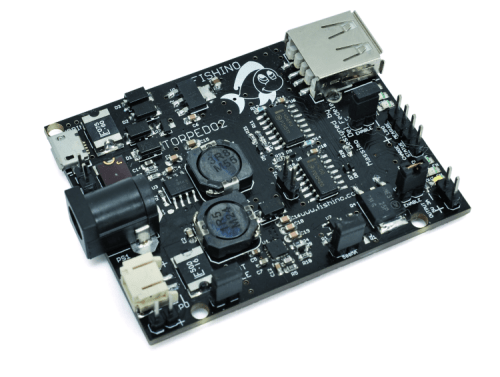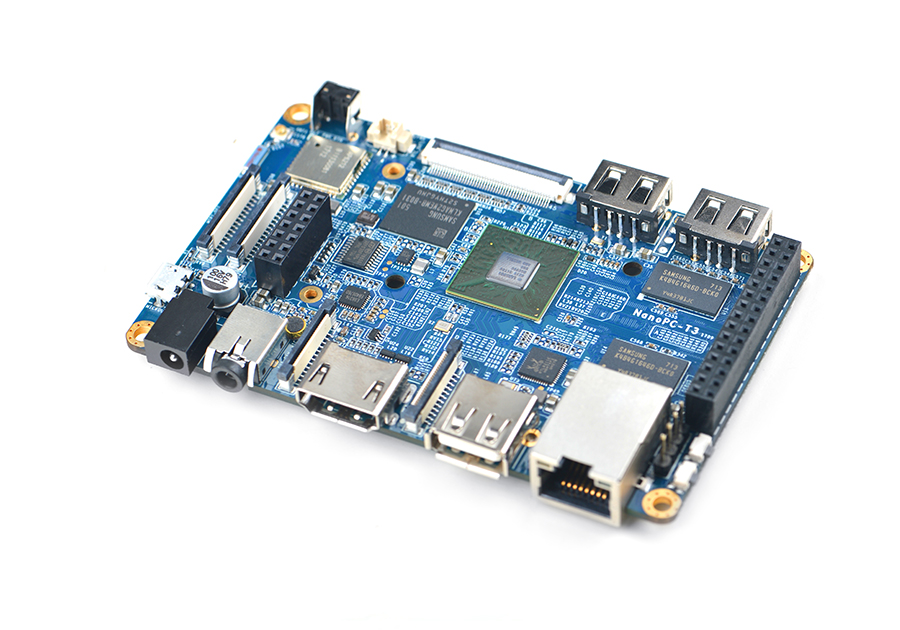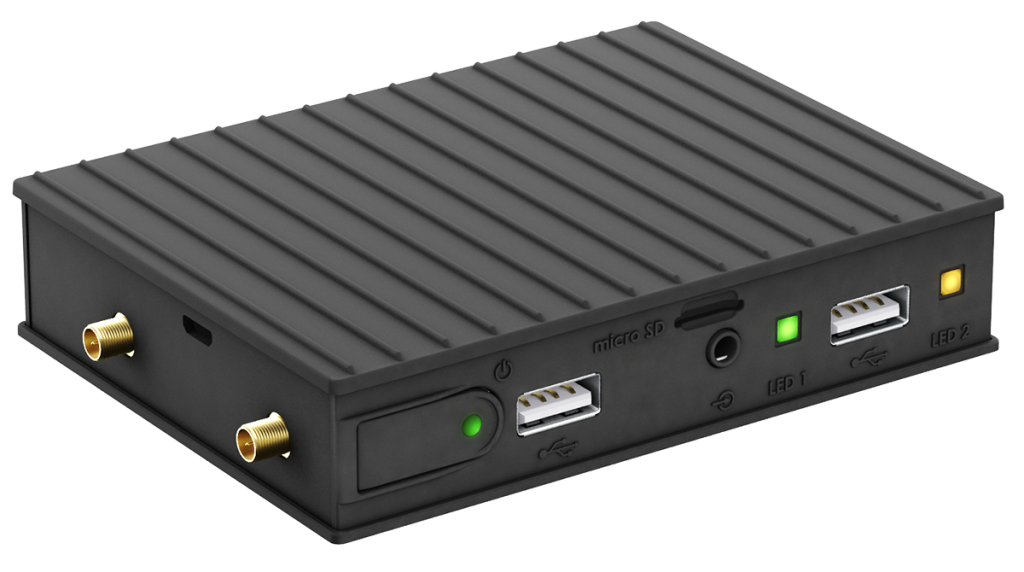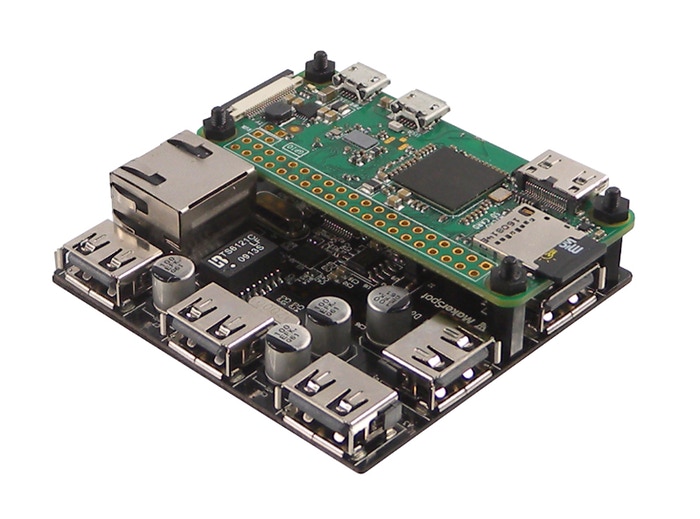
Visible Things simplifies the complexity of secure edge to enterprise IoT technology. It delivers a complete evaluation and reference platform to connect smart devices right through to the cloud and enterprise software. Avnet Silica supports an ever increasing range of sensor, connectivity, gateway and security technologies, together with cloud, analytics, mobile and enterprise integration services. Avnet Silica regularly add new features, provide updates and deliver training on their Visible Things platform.


Avnet Silica are giving away 10 Industrial Starter Kits worth 329€, so be quick and register here to win!
Visible Things is delivered in the form of many different boards which can be taken depending on the functionality required. The very nature of IoT technology requires the features delivered by these boards to be pre-integrated and tested end to end wherever possible. This fundamental principle of Visible Things allows the users to concentrate on their applications to deliver the target IoT business outcomes.
Please contact visible-things@avnet.eu for more information and general order details.

Key Features
- Sensor to server security layer on top of network security
- Quick evaluation of end application
- Highest degree of flexibility
- Reduces development time significantly
- Optimised power consumption
- Integrated and tested communication path from
- Edge to Enterprise
- Cloud ready
Example of Target Applications
- Remote monitoring
- Predictive maintenance of motors and drives
- Room control in homes and buildings
- Lighting and shading (indoor & outdoor)
- Security and surveillance
- Home appliances
- Smart energy (metering & in-home displays)
- Health care & infrastructure
- Industrial automation, inspection, drives monitoring, sensor hub
Video: Visible Things Demo at Embedded world 2017
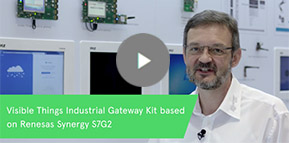
Industrial Gateway Kit demo video.
Avnet Silica’s Field Application Engineer, Werner Busch, presents Visible Things Industrial Gateway Kit, based on Renesas Synergy™ S7G2 processor. This basic kit, among high number of connectivity options, includes everything you need to start your own IoT application.



